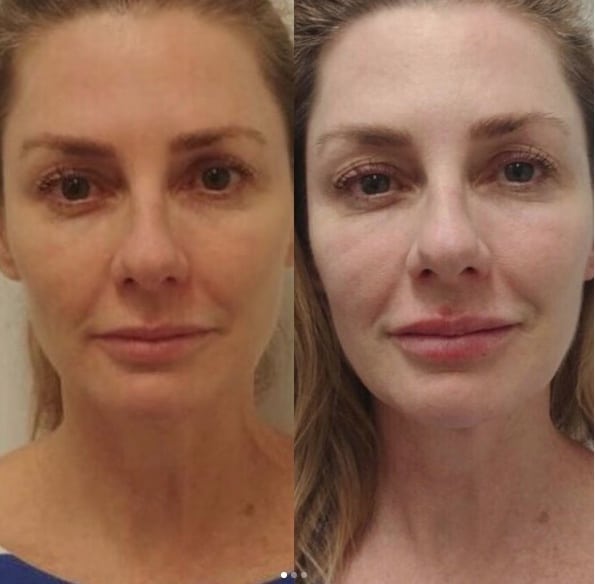HYPERHIDROSIS
Excessive sweating is identified as hyperhidrosis and can be an incapacitating condition making many situations awkward. Excessive sweating can occur on almost any part of the body from under the arms, stomach and bikini line, palms of hands, scalp and face or soles of feet.
The exact cause for hyperhidrosis has not yet been identified. It is known that the anxiety experienced by sufferers can result in increased sweating, which in turn can set up a vicious cycle of further sweating and more anxiety.
The onset of this disorder is usually in adolescence and continues into adulthood (in some the onset is later). There seems to be a familial tendency and a genetic link has been attributed to almost 50% of sufferers. Spontaneous resolution of hyperhidrosis rarely occurs.
With the discovery that hyperhidrosis is linked to over-activity of the thoracic sympathetic nerves, surgeons have been able to focus on the relevant nerve cell bodies in the thoracic ganglia to achieve a permanent solution. It is only in the last 15 years with the advent of laparoscopic surgery that a permanent and effective treatment called Endoscopic Thoracic Sympathectomy (ETS) has been found for hyperhidrosis. Solutions for hyperhidrosis include the following. Topical treatments – antiperspirants, iontophoresis, oral medication (anti-cholinergics), anti-wrinkle injections and finally, surgery.
For hyperhidrosis treatments, Duquessa treatments involve the use of anti-wrinkle injections.
Frequently used anti-wrinkle treatments are able to disturb the sweat glands to reduce sweat production. The anti-wrinkle injections need to be directly injected into the problematic area.
Anti-wrinkle injections have been used successfully in medical and cosmetic areas for about 25 years and can provide 50% or more reduction in sweating for about 7 months.
Katherine Millar-Shannon



